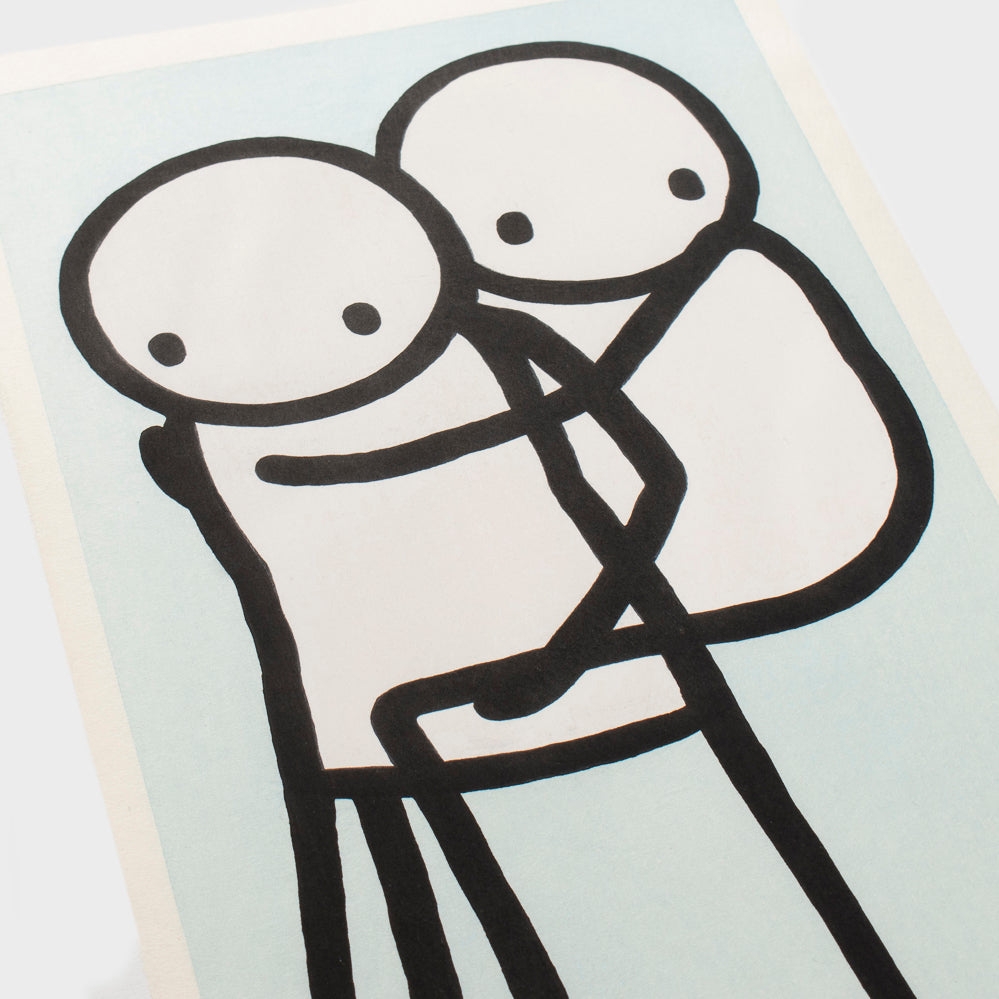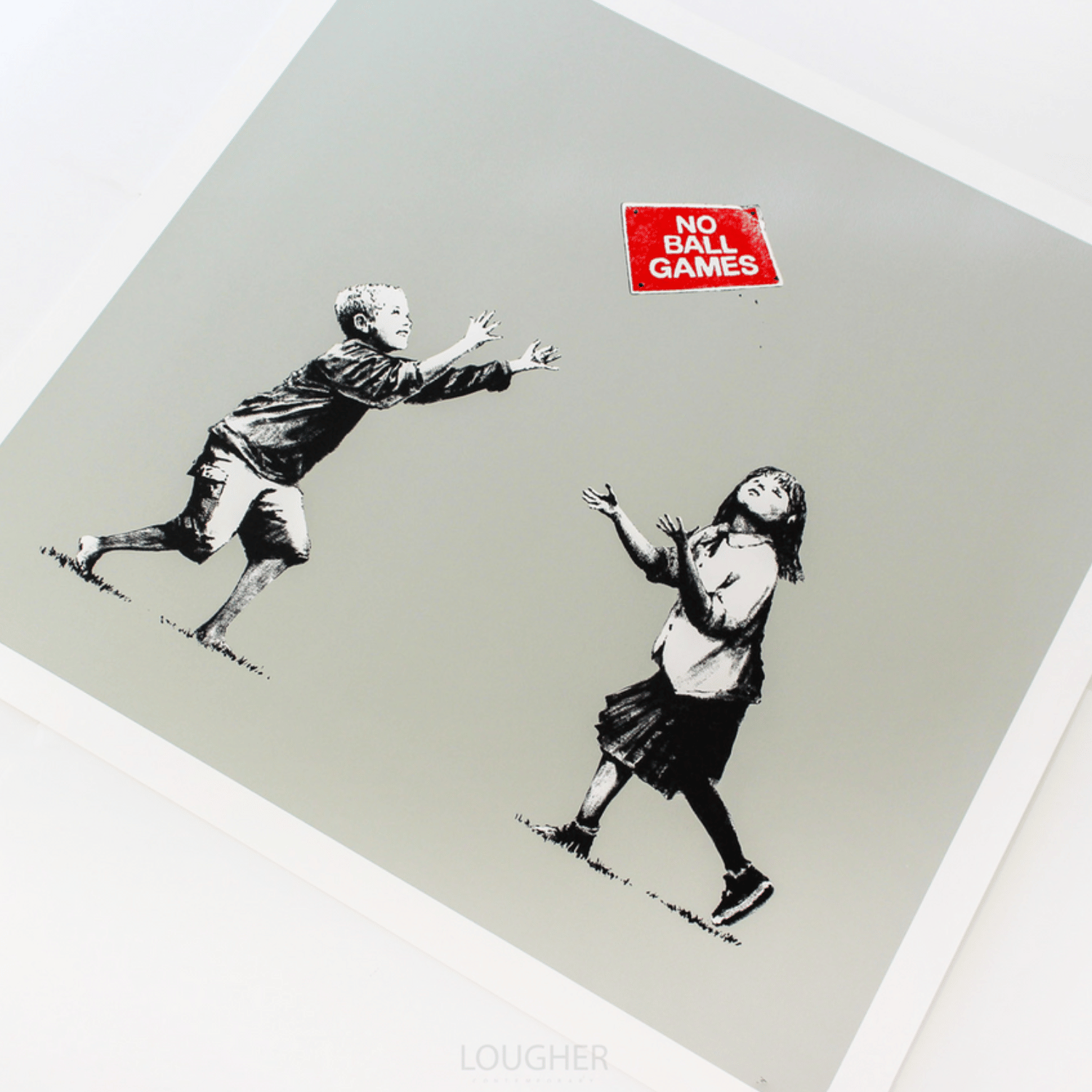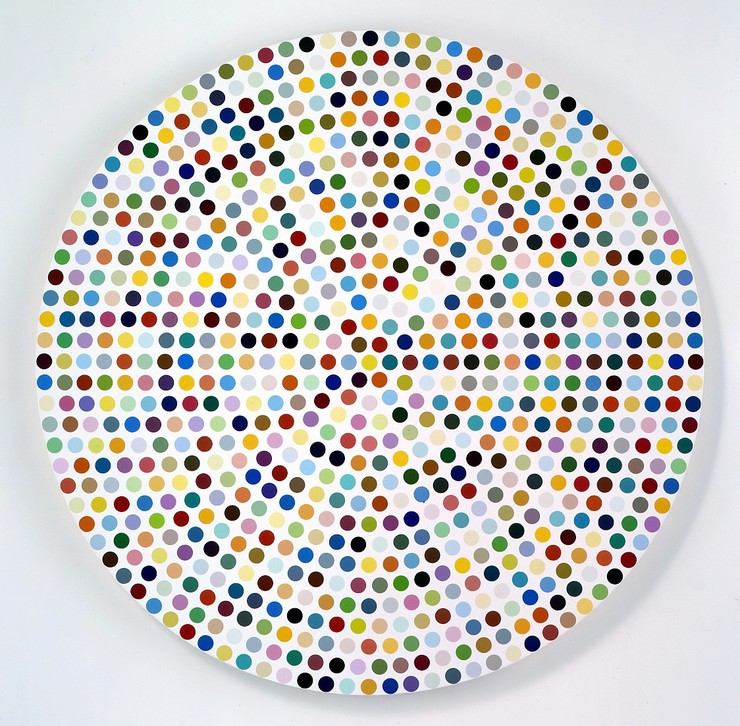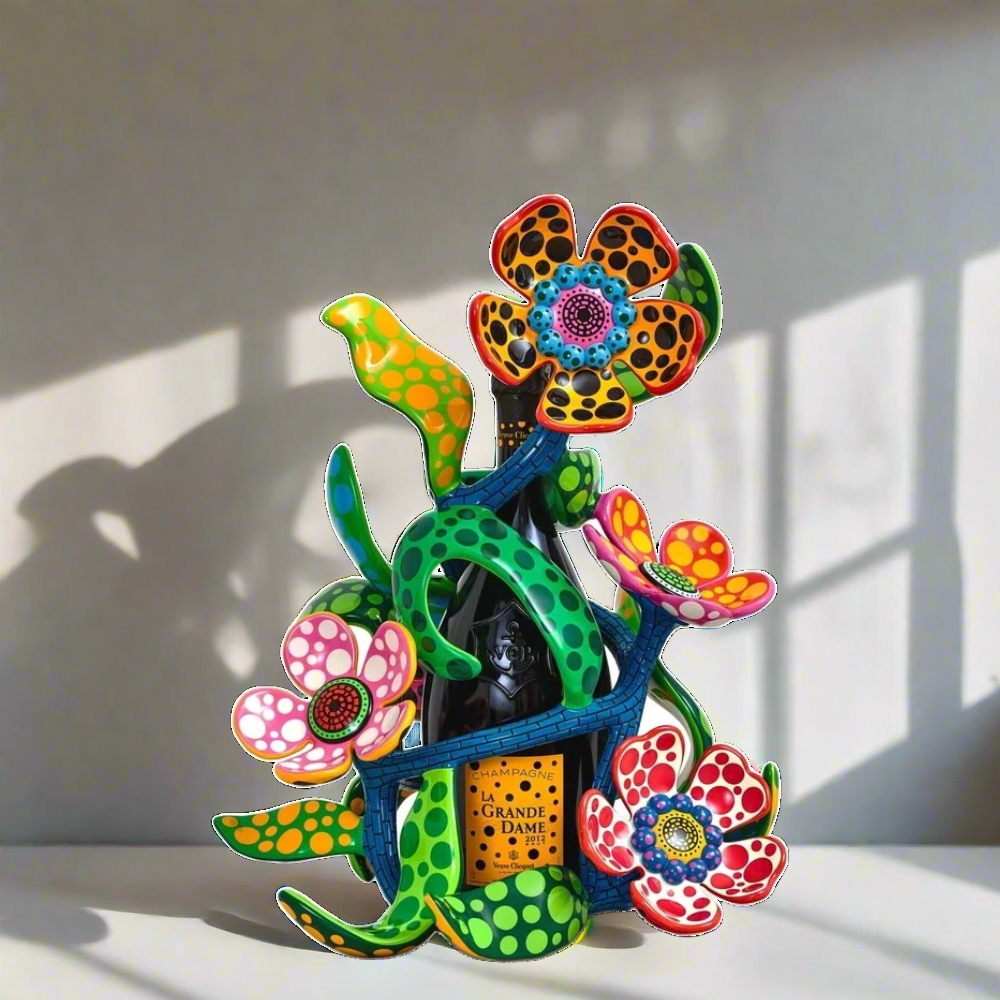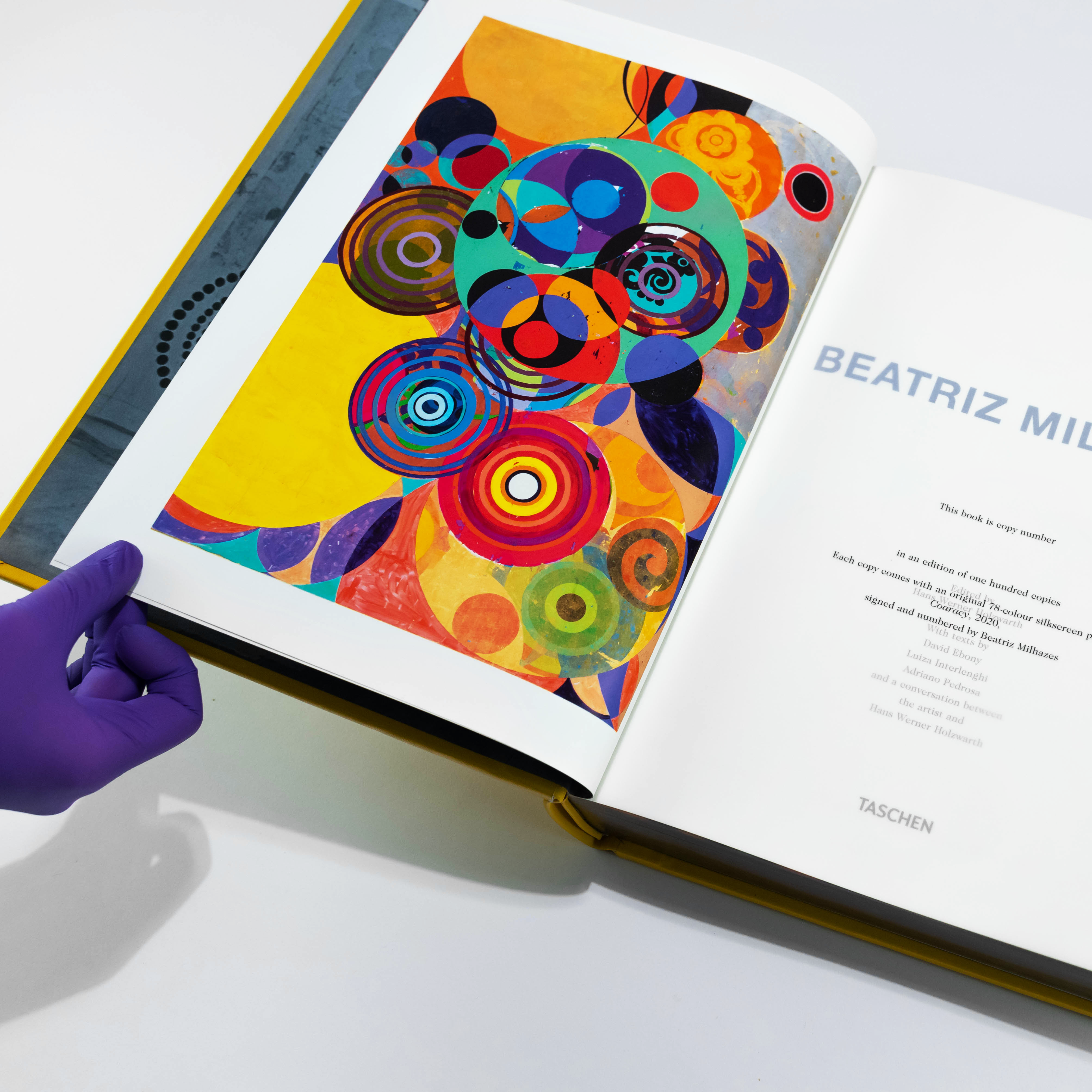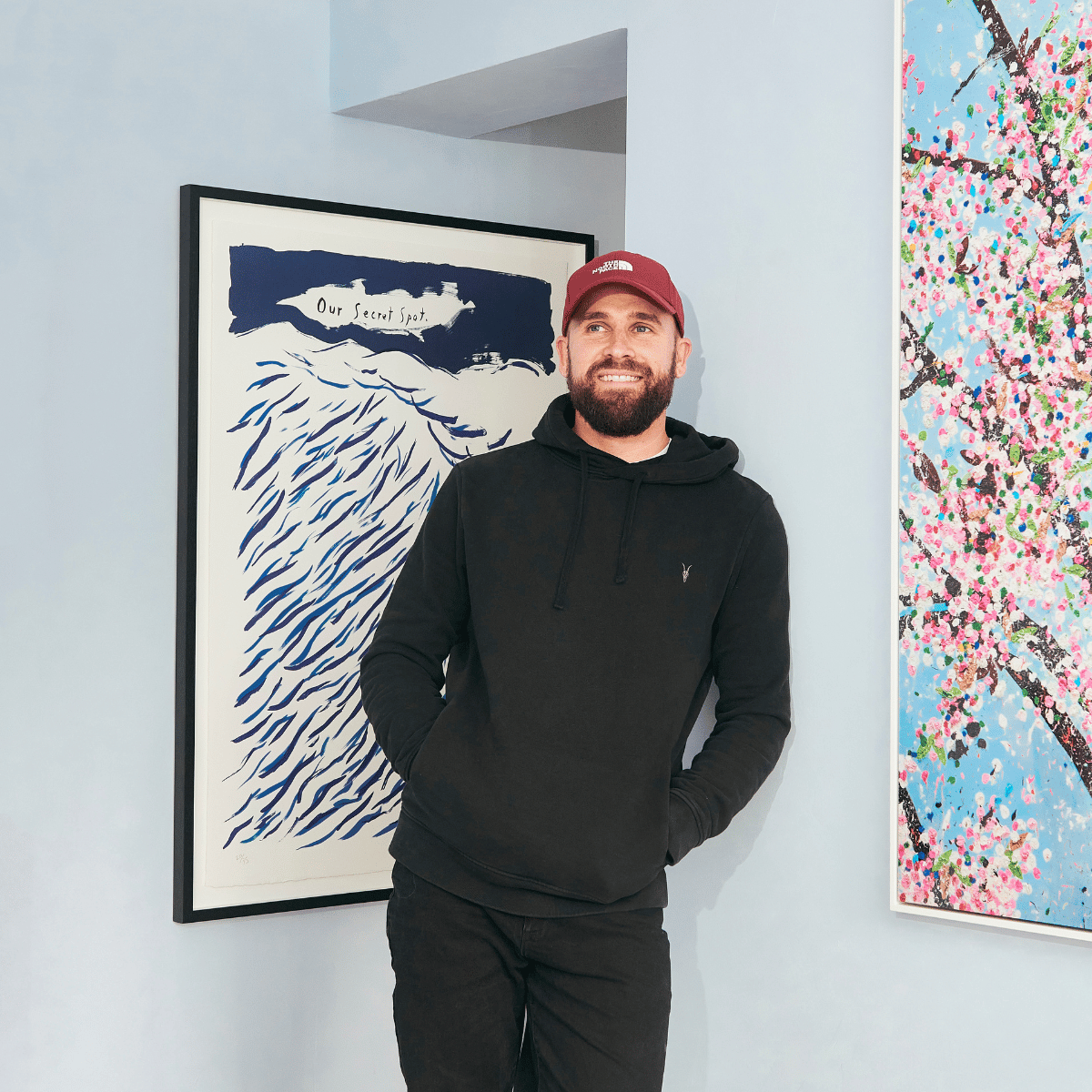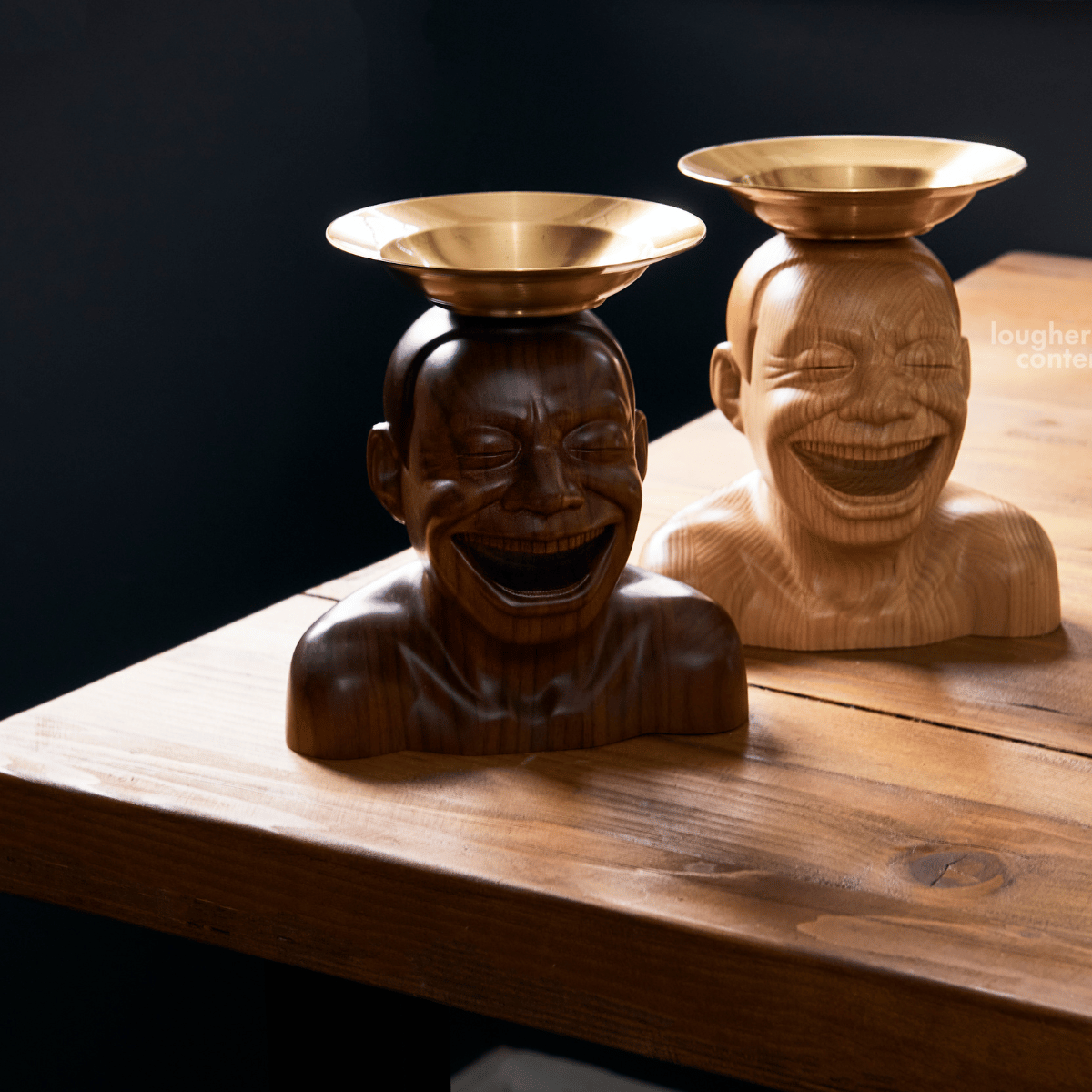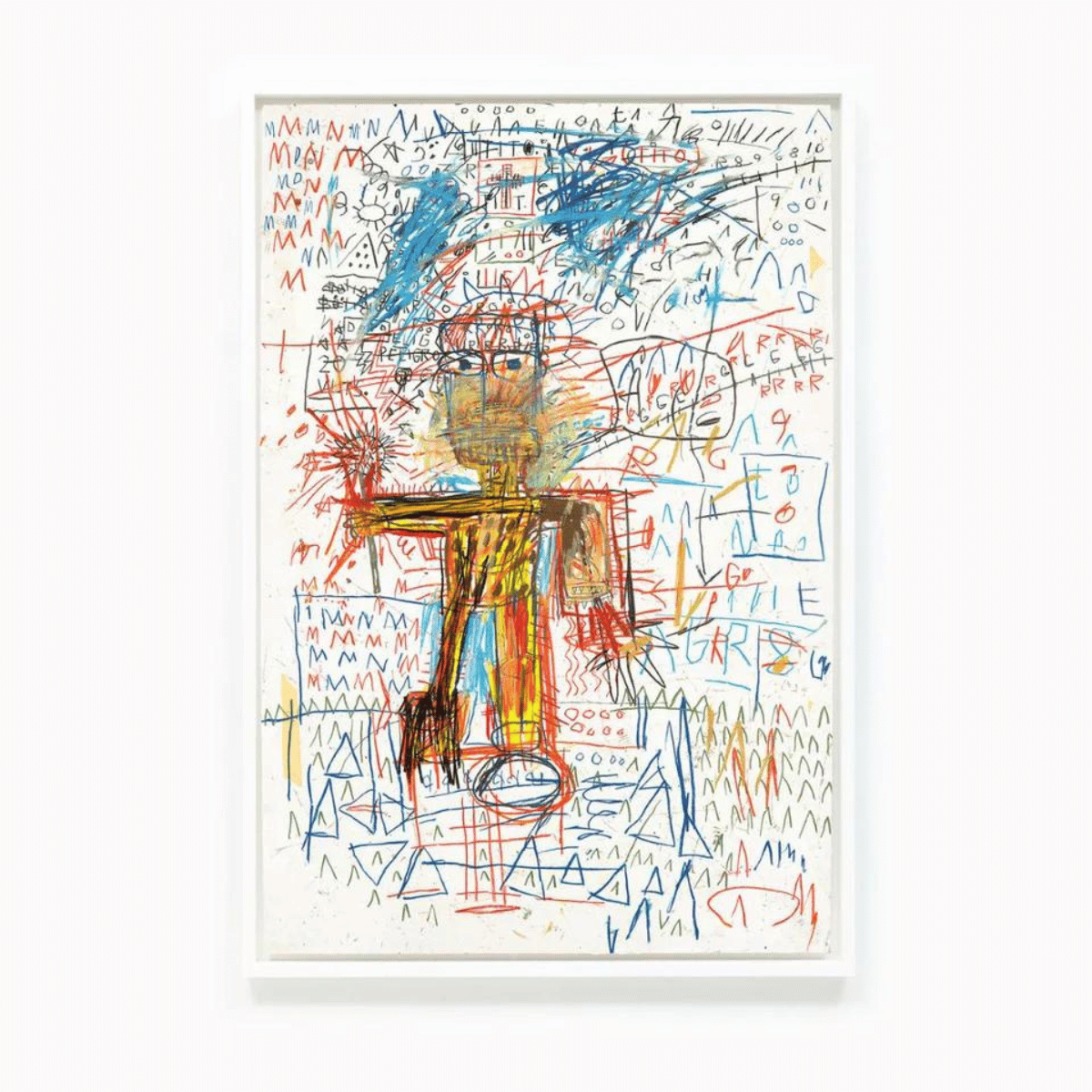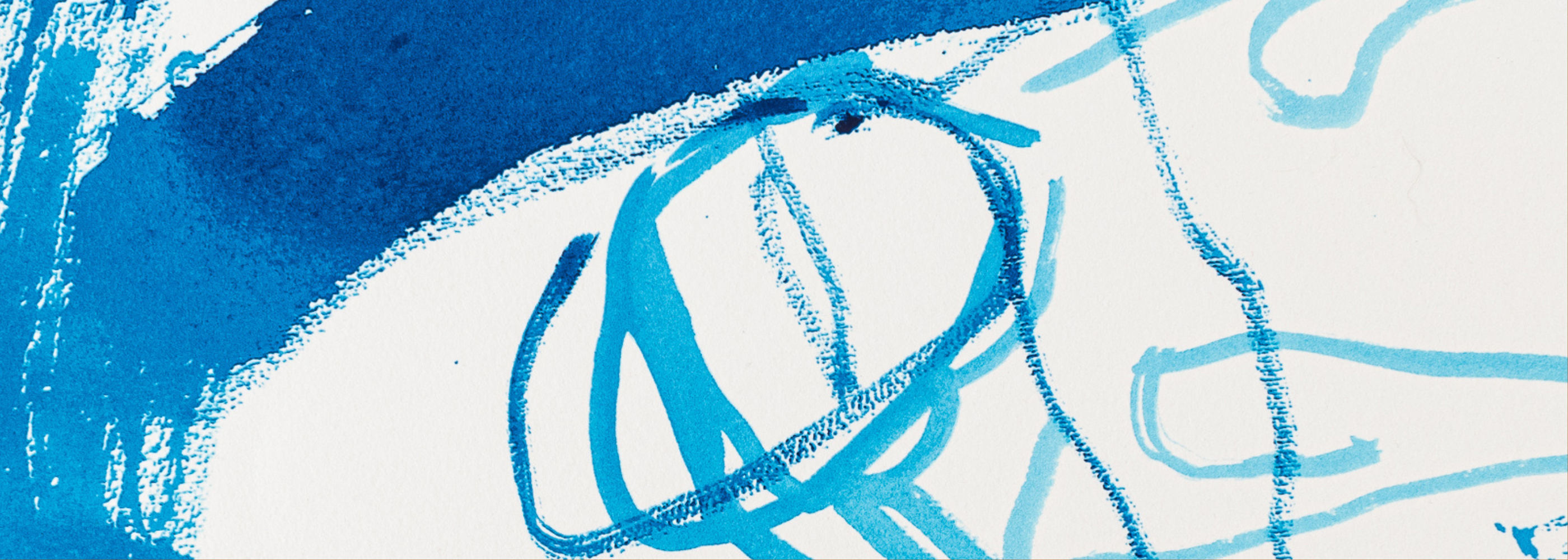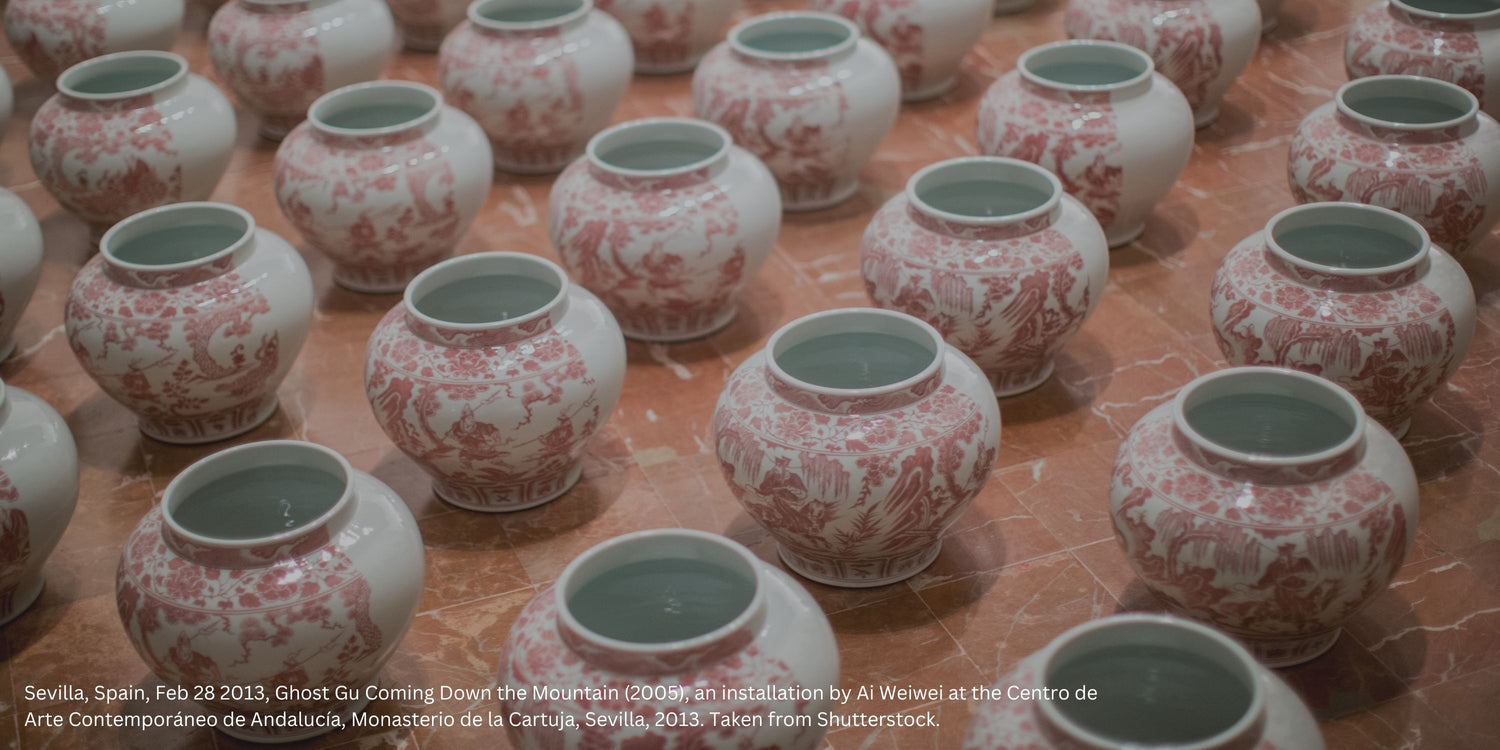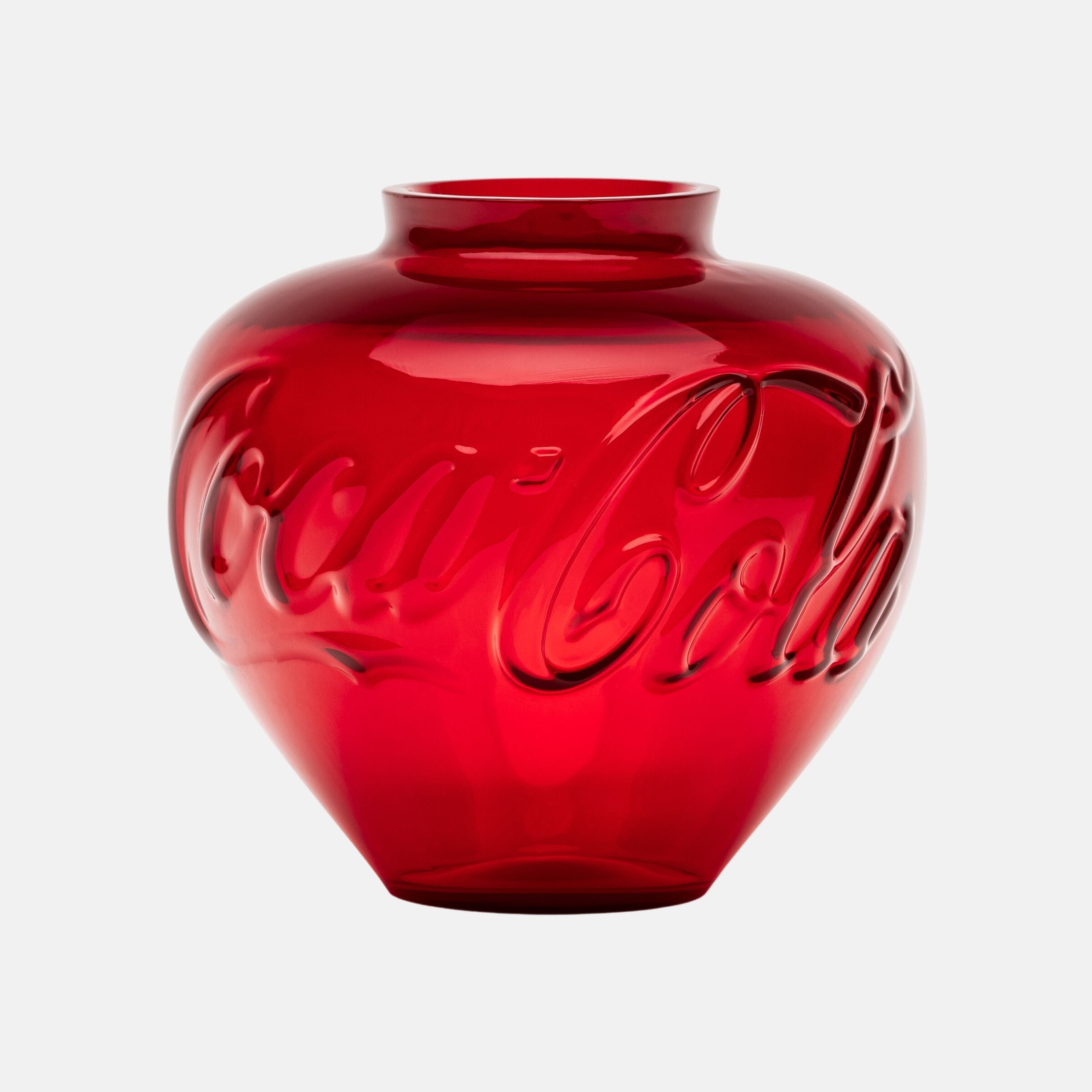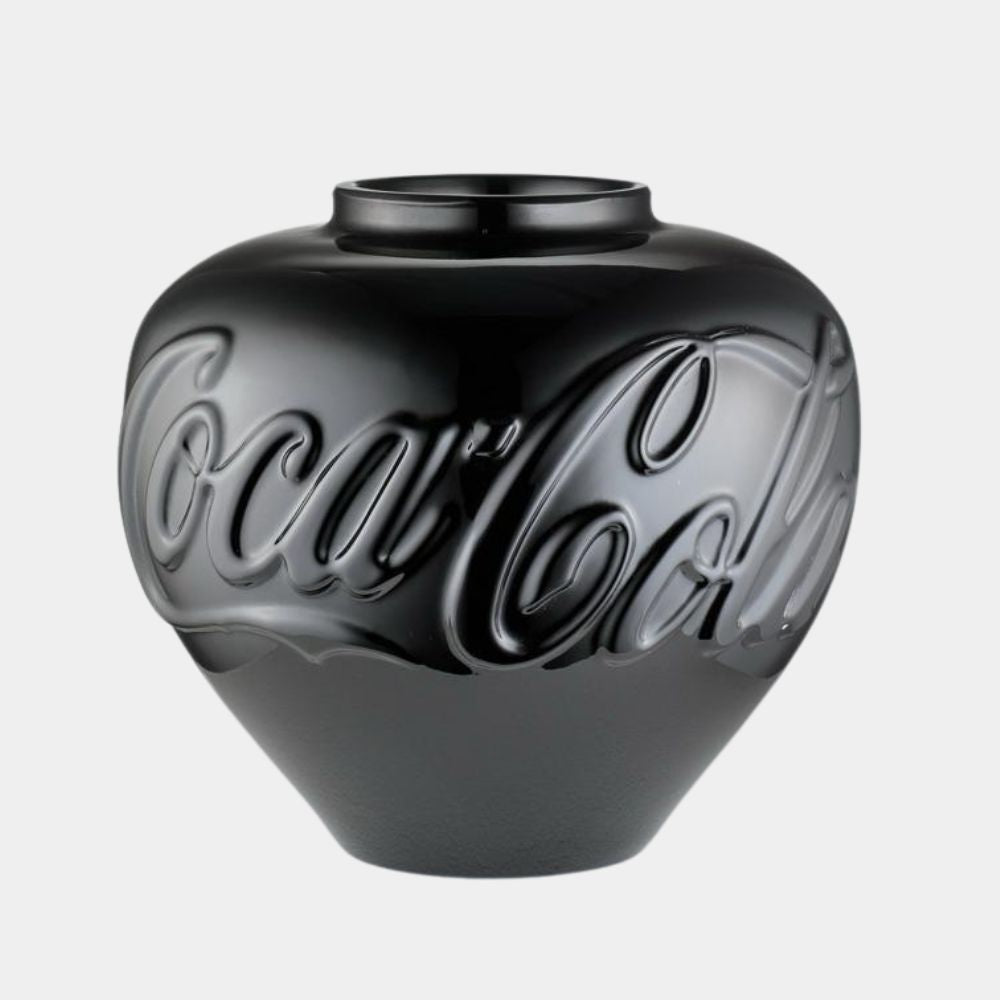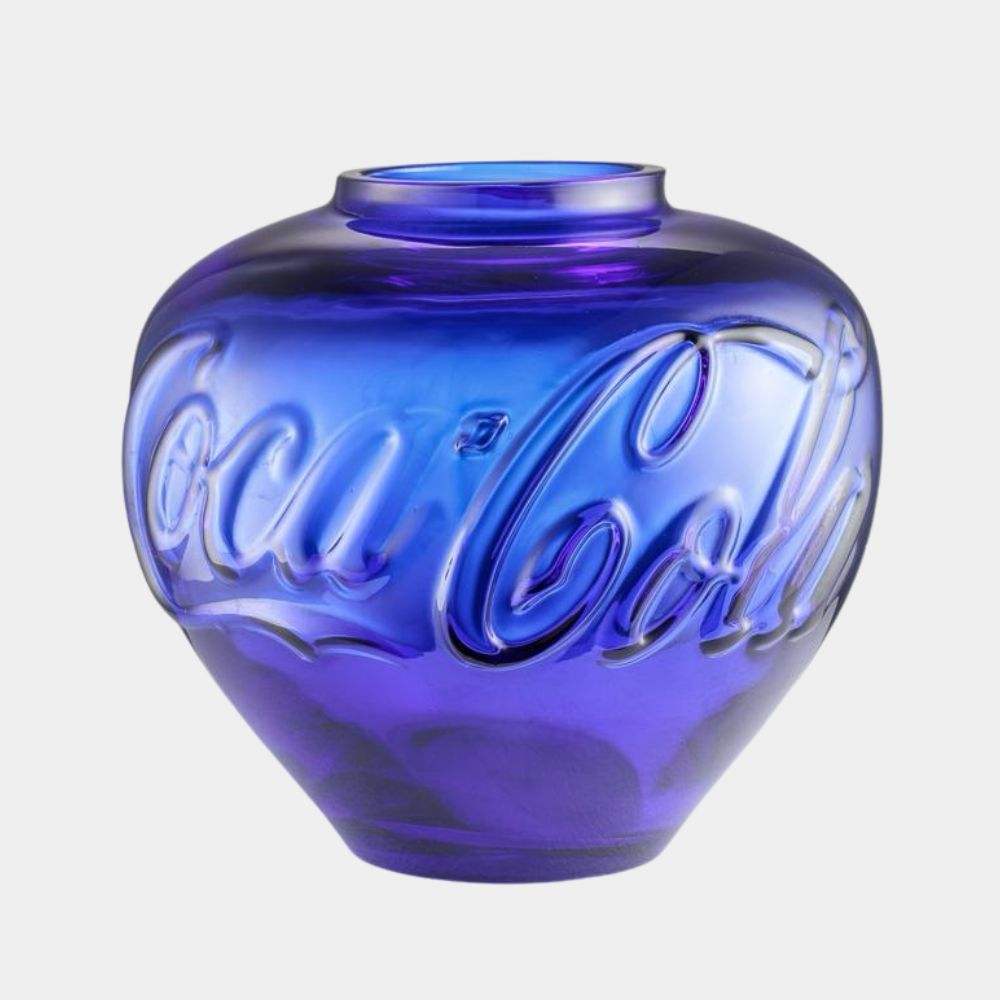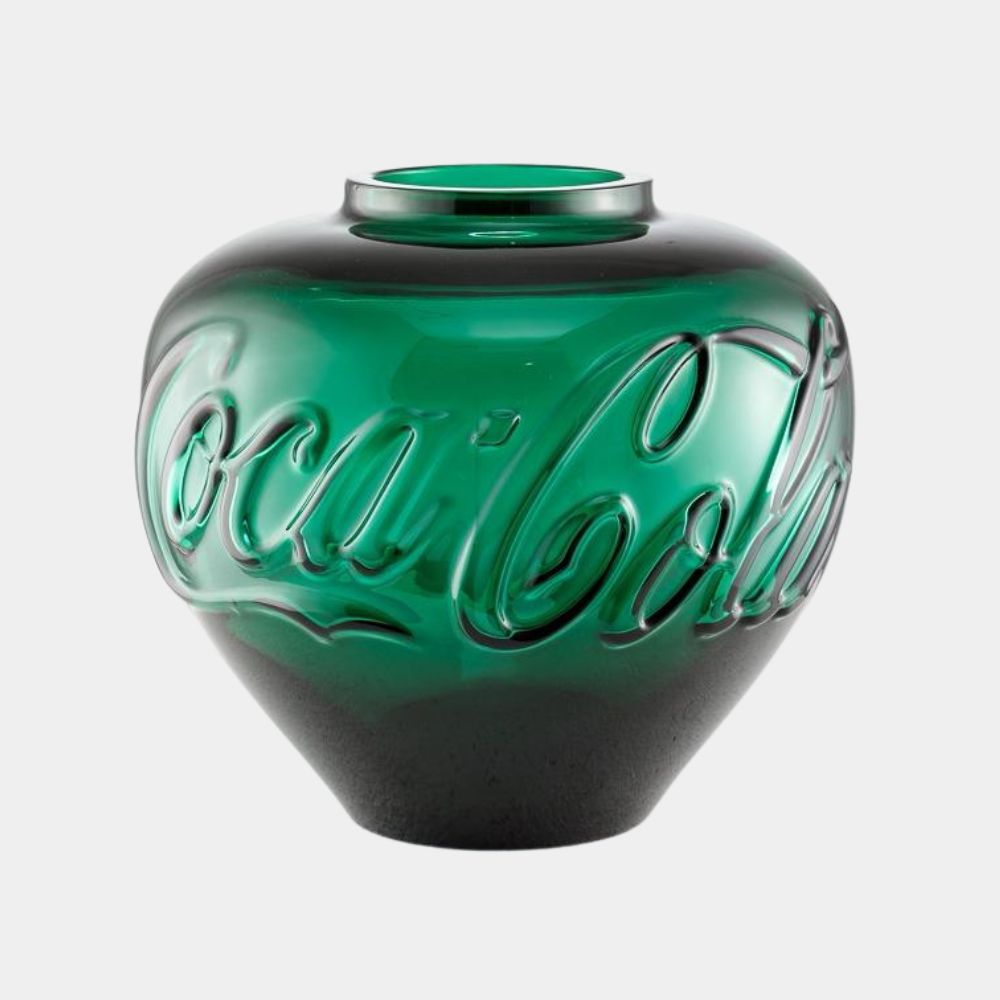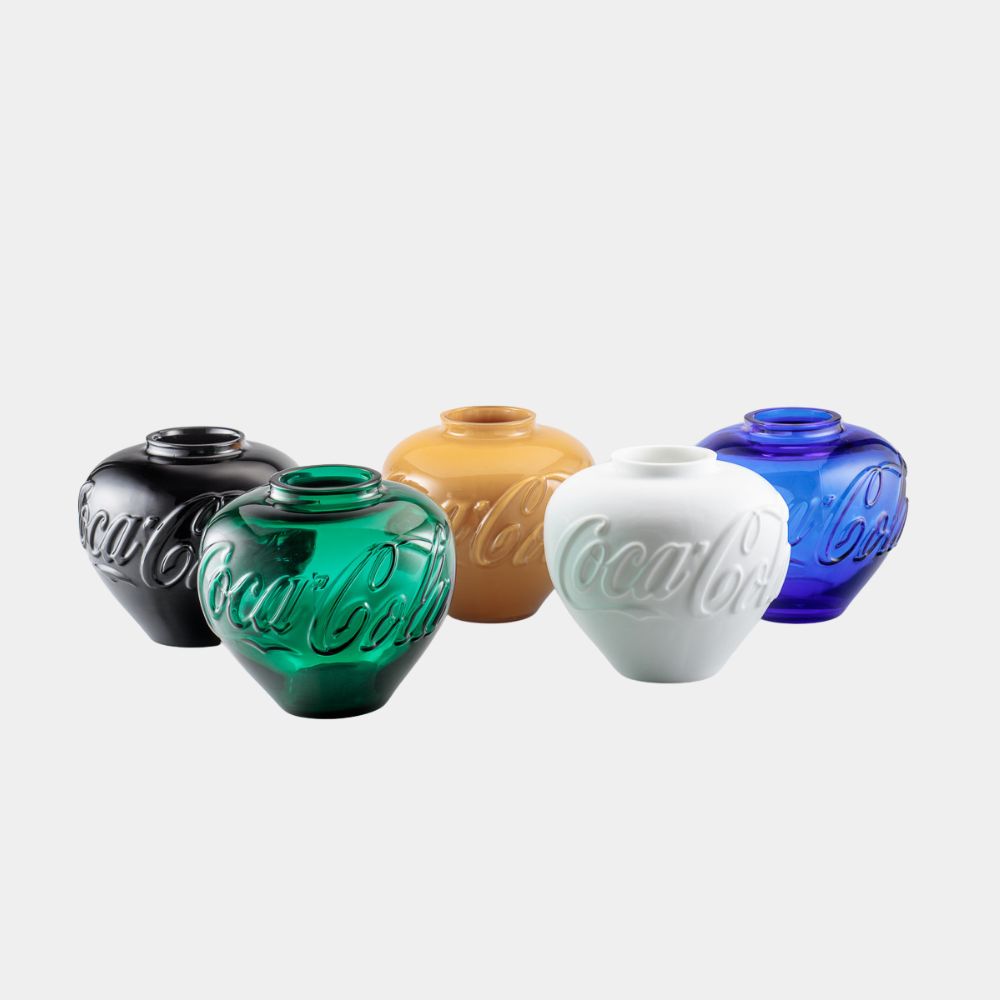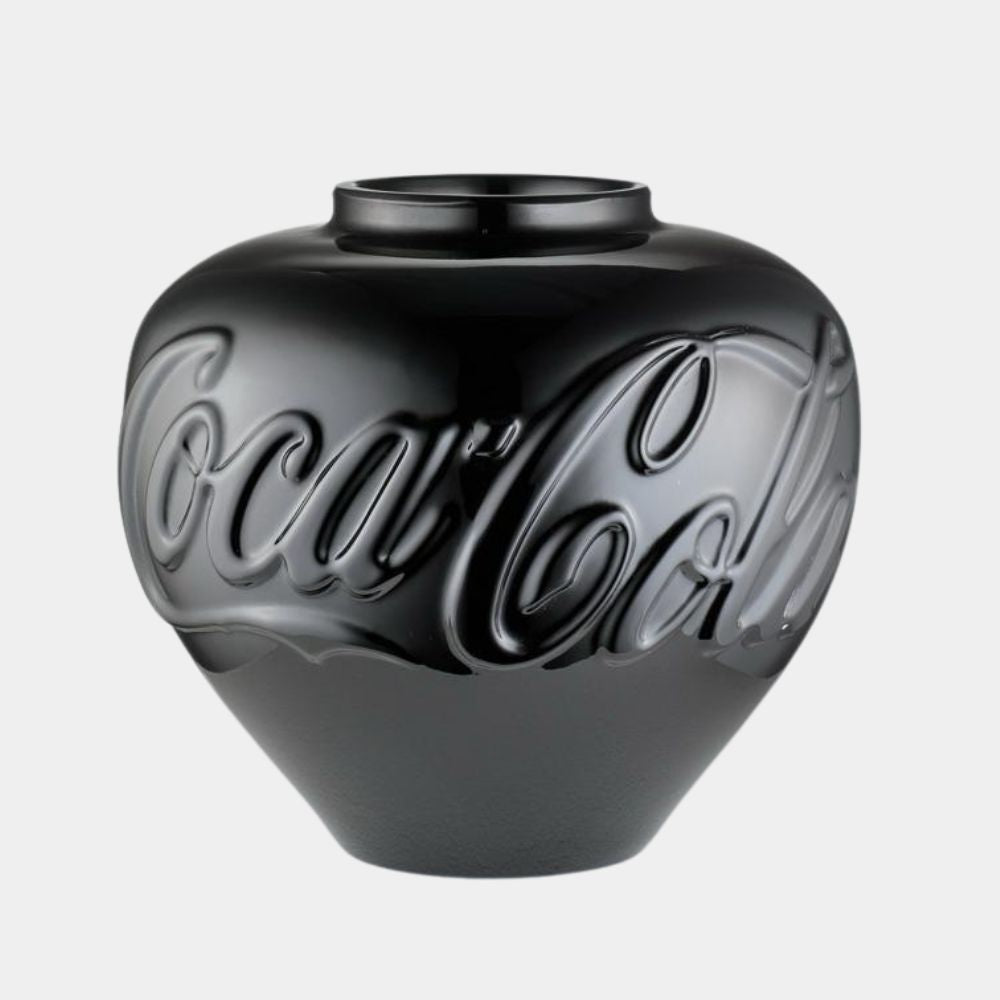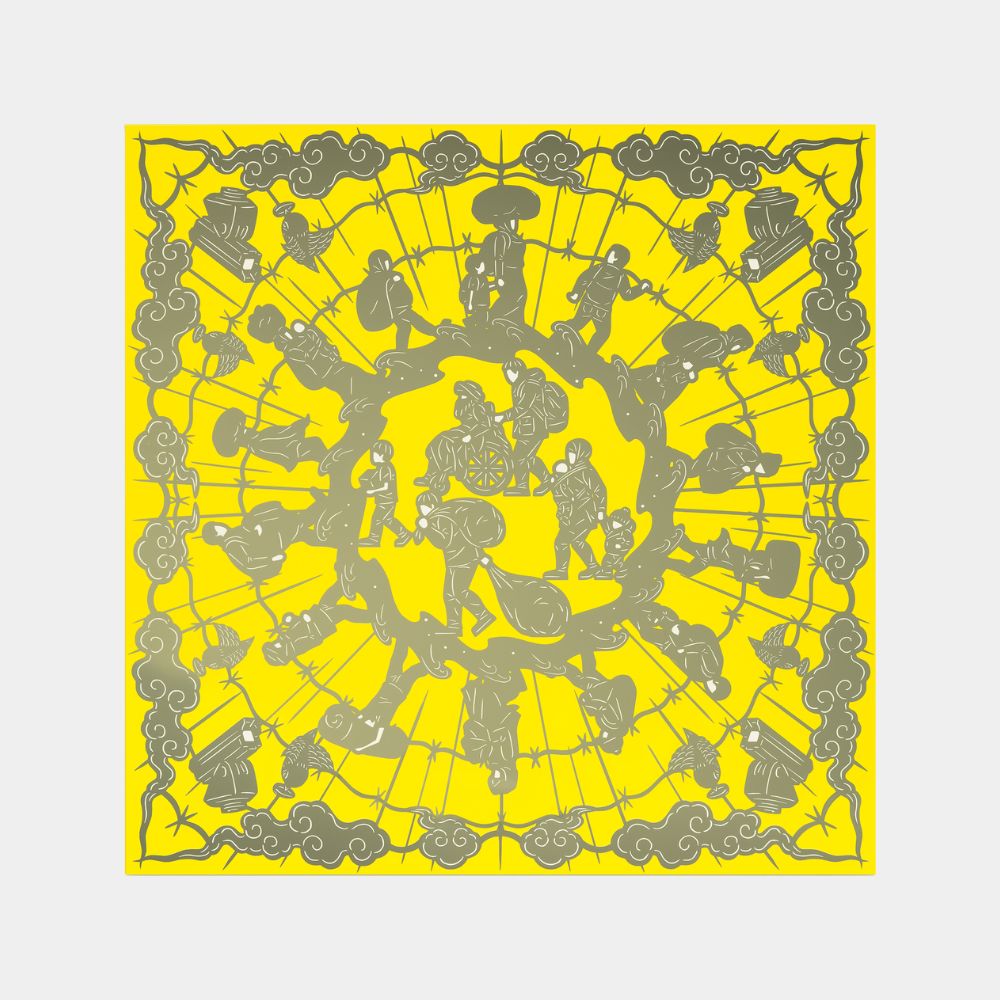Ai Weiwei, a Chinese contemporary artist, activist, and provocateur, has carved out a distinctive space in the art world by challenging societal norms, reinterpreting cultural heritage, and addressing themes of political power and consumerism. Born in 1957, Ai’s early years were shaped by the exile of his father, the poet Ai Qing, under Mao Zedong's regime. This experience ingrained in Ai a deep scepticism of authority and a profound interest in the intersection of history, identity, and freedom.
Ai Weiwei and His Practice
Over decades, Ai’s multifaceted body of work has transcended mediums, incorporating architecture, photography, sculpture, and installation. His readymade approach, inspired by Marcel Duchamp, elevates everyday objects and antiquities into symbols of cultural critique. Among his most iconic motifs are vases and urns—fragile yet enduring artefacts that embody the tensions between preservation and destruction, tradition and modernity.

'Coloured Vases' by Ai WeiWei. Artist and dissident Ai Weiwei exhibits a major retrospective of his work at the Royal Academy September 20 2015 in London, England. Taken from Shutterstock.
The Significance of Vases and Urns in Ai Weiwei's Art
Vases and urns, as vessels of tradition and carriers of cultural memory, hold a central place in Ai Weiwei’s artistic practice. These objects, often thousands of years old, are not only relics of ancient craftsmanship but also symbols of China’s rich heritage. By transforming them, Ai disrupts their historical sanctity, forcing audiences to question the values and assumptions surrounding cultural preservation and commodification.
Ai uses these ancient artefacts to explore ideas of ownership, authenticity, and identity. His interventions—whether painting, branding, or destroying—highlight the fluidity of meaning and value in art. They also critique both China's state-driven historical revisionism and the global art market's fetishisation of antiquities. In doing so, Ai bridges the gap between historical narratives and contemporary cultural discourse, making his work a powerful commentary on the interplay of past and present.
Famous Examples of Ai Weiwei’s Vase Artworks
Dropping a Han Dynasty Urn (1995)
One of Ai’s most provocative pieces, Dropping a Han Dynasty Urn, is a photographic triptych that captures the artist releasing a 2,000-year-old urn to the ground, shattering it irreparably. The deliberate act of destruction challenges conventional notions of reverence for historical artefacts. By breaking the urn, Ai critiques both the blind veneration of the past and the Cultural Revolution's systematic erasure of traditional heritage. This bold gesture compels viewers to reconsider how cultural value is assigned and who has the authority to define it.
Coloured Vases (2006–Present)
Ai’s Coloured Vases series consists of Neolithic or Han Dynasty urns coated in brightly coloured industrial paints. The application of modern, synthetic materials onto these ancient objects creates a striking visual juxtaposition, blending the artisanal with the mass-produced. The dripping paint, often left intentionally imperfect, symbolises the erosion of historical identity under the weight of contemporary consumerism. These works reflect Ai’s critique of both cultural vandalism and the commodification of tradition, resonating with themes of loss, reinvention, and identity.
Coca-Cola Vases (1994–2009)
In Coca-Cola Vases, Ai emblazoned the iconic Coca-Cola logo onto Han Dynasty ceramics, transforming ancient artefacts into branded commodities. This fusion of a globally recognised corporate symbol with a relic of Chinese history underscores the tension between heritage and globalisation. The series critiques the homogenisation of culture and the reduction of historic value to marketable branding. By appropriating both the vase and the logo, Ai recontextualises their meanings, encouraging viewers to confront the implications of consumer culture on cultural heritage.

'Glass Vase' Ai WeiWei. Photo courtesy of Avant Arte.
Ai Weiwei’s vase artworks are profound explorations of value, authenticity, and cultural identity. By reimagining and repurposing ancient objects, Ai challenges audiences to question how history is preserved, commodified, or discarded in the modern world. His works bridge the gap between reverence for the past and critical engagement with the present, making his art both timeless and timely. Through acts of creation and destruction, Ai Weiwei continues to provoke, inspire, and redefine the boundaries of contemporary art.





